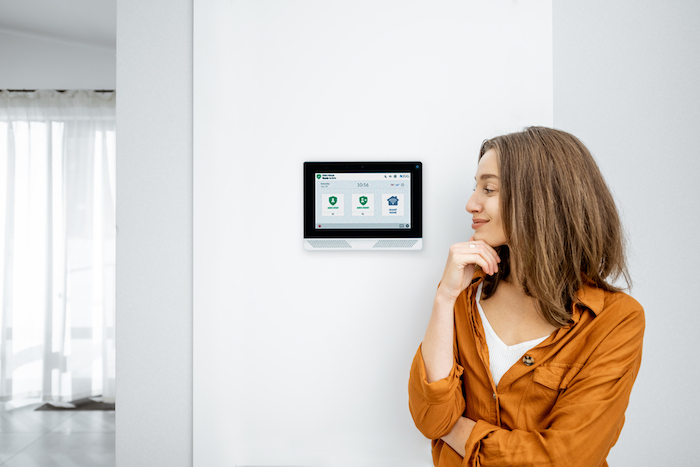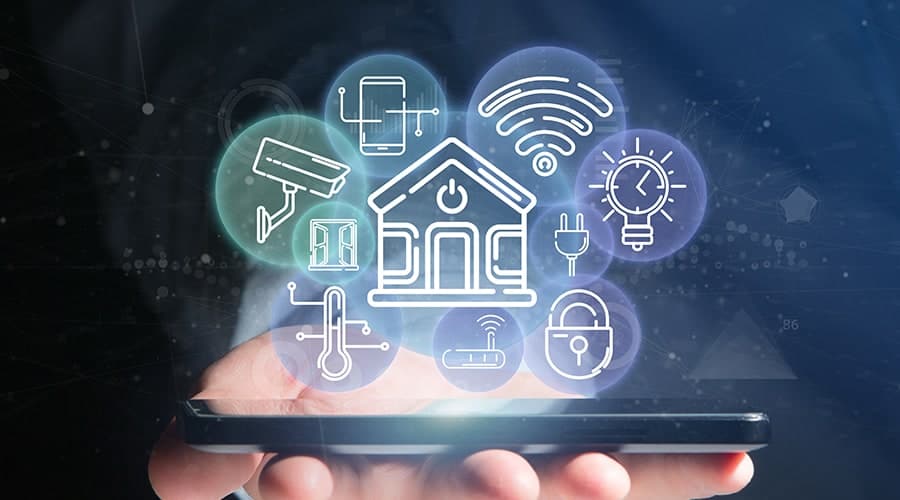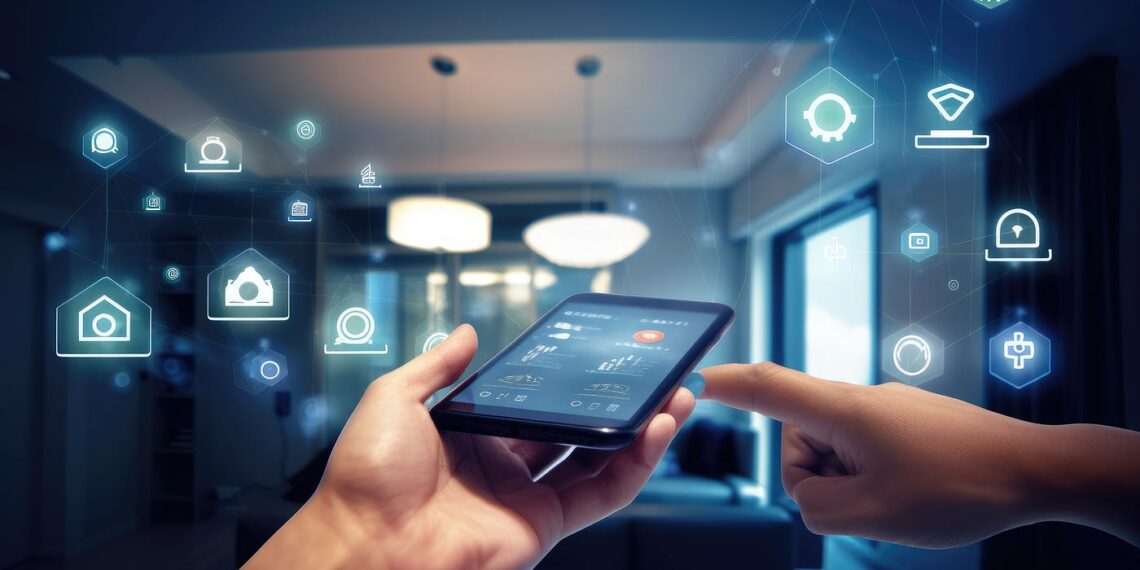As a concept, home automation is nothing new. People have been looking for ways to automate things in their homes for as long as human beings have been living in man-made structures. What we see in the 2020s is really more about advanced technology and its impact on the home automation concept.
That technology is changing the way we view living spaces. Are the changes for the better? That is up to each individual to decide for him or herself. Personally, I think the upsides of modern home automation far outweigh the downsides. But I also know other people who feel just the opposite.
The Old Way of Thinking

Home automation has been around for generations. Take the typical washing machine. Prior to its invention, people did the laundry by hand. Washing the family’s clothes was an all-day event in most households. Yet the washing machine turned doing the laundry into an automated experience.
The modern washing machine invites you to do the same thing your parents and grandparents did: toss your clothes in, add some detergent, and push a button. You walk away while the machine cleans your clothes. Pretty cool, right? We don’t think anything of it today, but it was cutting-edge technology back in the 1930s.
This staple of the household laundry room typifies the old way of thinking. Back then, home automation devices were rudimentary in terms of their function. As a result, we thought of home automation in an isolated way. The washing machine was isolated from the electric light timer. Both devices were isolated from the timed irrigation system.
The best way to describe it in modern terms is to say that old school home automation was siloed. Our devices did what they were supposed to do. They performed their tasks well enough. But every device worked in isolation.
Integration Is the New Norm
These days, integration is the new norm for home automation. Entire home automation systems integrate lighting, temperature control, home entertainment, maintenance tasks, and irrigation. Even home security integration is fairly routine now.
Consider Vivint Smart Home. As one of the nation’s leading home automation providers, they offer systems that integrate everything from home security cameras and smoke detectors to smart lighting and thermostats.
The idea of smart home integration has changed the way we view living spaces by removing the previously mentioned silos. Now, smart home lighting is no longer confined to individual mechanical switches plugged into wall outlets. The lighting throughout an entire home can be programmed, accessed remotely, and even tied to a homeowner’s daily routine.
Integrating Cascading Events

Integration does not stop with controlling all the lights in the house from a central location. There is also the practice of integrating through cascading events. For example, consider the process you go through to button up your house at the end of the day. What if completing the first task automatically led to all the other tasks being completed in succession?
With a fully automated smart home system, I can program lighting, temperature control, and door locks so that they are tied to a single event. Maybe I set up my system to respond to arming my alarm before going to bed.
Arming the alarm tells the system to turn off all of the first-floor lights, lock the front and rear doors, and adjust my thermostat. Meanwhile, motion sensors track my movement throughout the house. The staircase and hall lights automatically shut off as I make my way to the master bedroom. The only light I need to turn off manually is the one on my nightstand.
This sort of thing is entirely possible with modern smart home integration. It is possible because modern technology allows me to consider my entire house, from an automation standpoint, rather than thinking in terms of single devices and how they function.
Convenience Is Suddenly a Priority
The options afforded by integrated home automation also change the way we think of our houses themselves. Smart homes are more than just functional living spaces. They can also be comfortable spaces dripping with convenience.
I will be honest and say that convenience was low on my list of priorities prior to home automation. It is not that I was against convenience, it’s that making my home more convenient wasn’t cost effective or practical. As such, I rarely thought about it. That has since changed with the introduction of home automation.
Now, making my home more convenient does not require much effort. It is also not prohibitively expensive. That puts convenience within my reach. And now that it’s within my reach, convenience has become a priority.
Home Automation and Geolocation

For my money, the epitome of home automation convenience is geolocation. In other words, I can program my home automation system to respond to my physical location. The amount of convenience it offers is mind blowing.
Geolocation is based on the principle of monitoring movement using the built-in GPS functions on my phone. I use Android, so Google already knows where I am at any point in a given day. I might just as well use that information to my advantage. I do so with geolocation tools.
I can use geofencing to build a virtual fence around my home. Then I can tie that fence to my home automation system. For example, I can program the smart lock on my front door to respond to my location. As I drive away from my house, the door locks itself. As I pull in the driveway at the end of the day, it unlocks itself. How convenient is that?
Better Spaces to Live In
When I put all this together, I am forced to conclude that smart home technology offers me better spaces to live in. Technology has changed the way I think of living spaces to perceive them as being more than just functional. I suspect there are plenty of others who think the same way. Home automation has changed everything.








